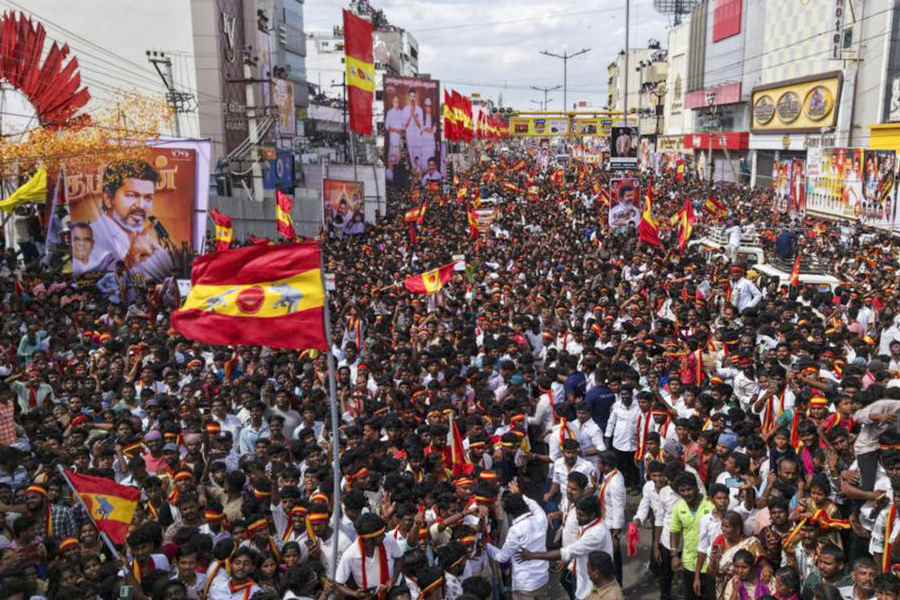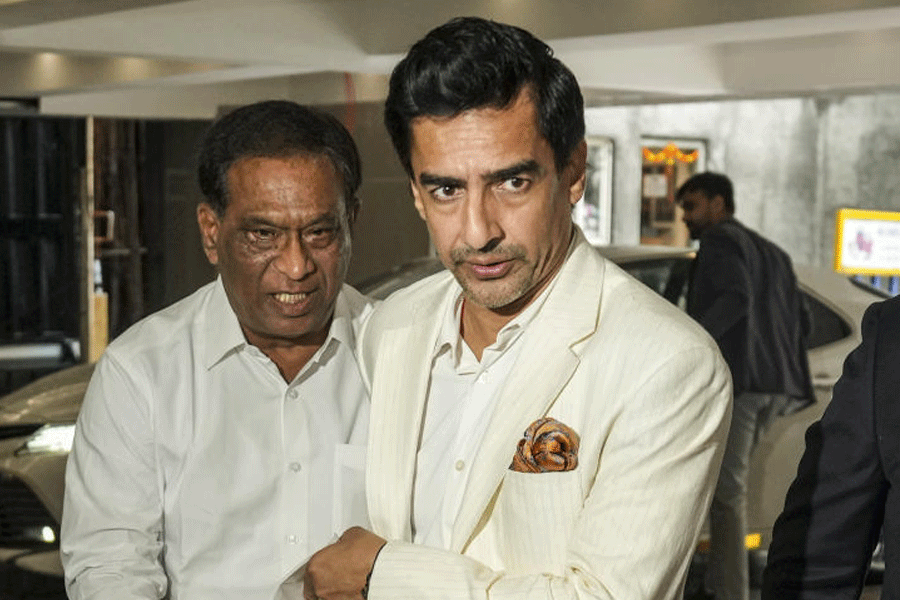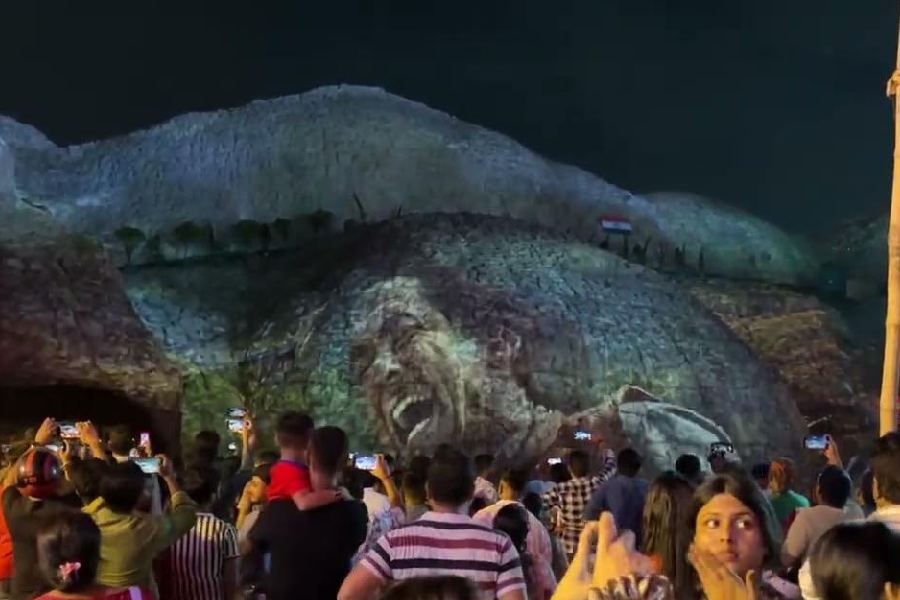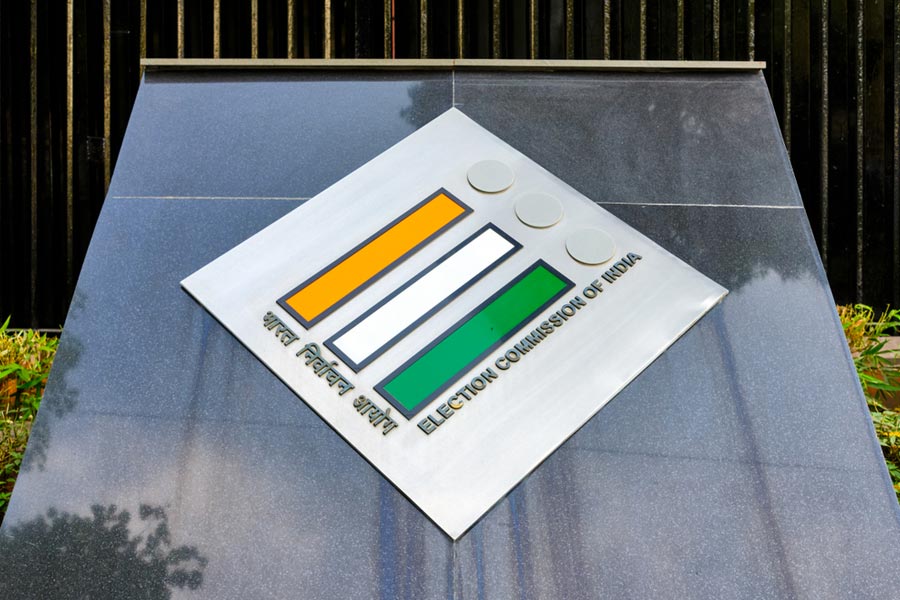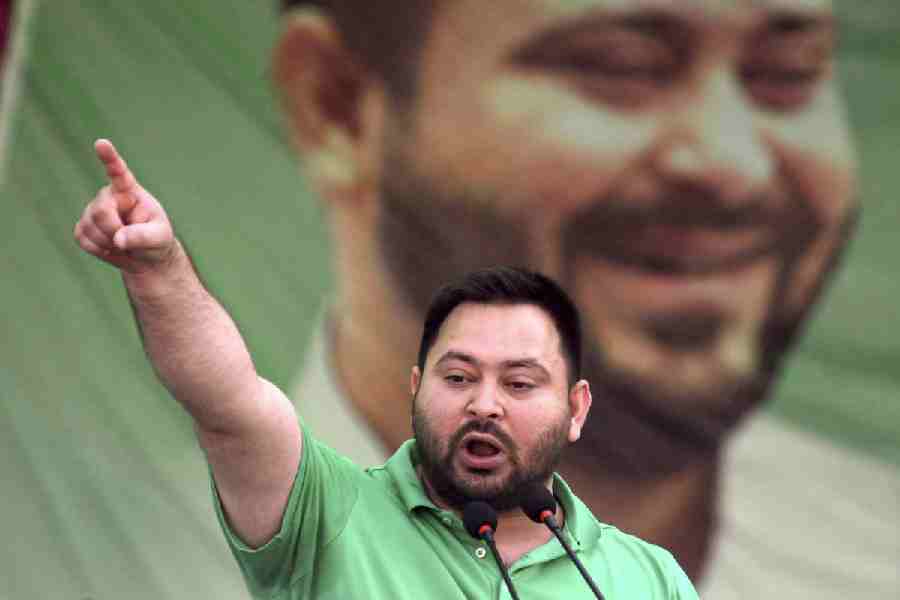 |
| Vertical limit: Meghlal Mahato (below left) and Binita Soren from Jharkhand conquered Mount Everest in May |
Seven years ago, Binita Soren stepped out of her Jharkhand village for the first time. The Santhal girl, then 19, was on her way to Uttarakhand to attend a mountaineering course. In May this year, she stood atop Mount Everest.
“I’d never even dared to dream about this,” says the farmer’s daughter from Kesorsora village who teamed up with two other climbers from her state to scale the highest peak in the world.
Some 1,500 kilometres from Soren’s village, a young man in Nainital is getting ready to climb the 8,848-metre peak in Nepal. “I want to prove to myself that I am capable of achieving any feat,” says Manmohan Singh, the 24-year-old son of a tourist department clerk.
The fascination for Mount Everest has been an abiding one. Ever since Nepali climber Tenzing Norgay and Australian Edmund Hillary reached the top in 1953, hundreds of people have climbed the mountain. Among them are 155 Indians, including civilians.
And, curiously, most of the civilians come from small towns or villages. In 2012, the four successful Everesters were Soren, Meghlal Mahato of Paharpur village (Jharkhand), Rajendra Singh Pal of Jamshedpur, and Gary Jarman Lamare, a wildlife photographer from Shillong. Lamare reached the top as part of an Army team.
In 2011, seven of the nine Indian civilians were from small towns — Sushma and Vikas Kaushik from Panipat (Haryana), Gaurav Sharma from Churu (Rajasthan), Tine Mena and Anshu Jamsenpa from Roing and Bomdila (Arunachal Pradesh), Ganesh Chandra Jena from Gajapati (Odisha) and Premlata Agarwal from Jamshedpur. The remaining two — Dipankar Ghosh and Rajib Bhattacharya — were from Calcutta’s suburbs, Howrah and Baranagar respectively.
In 2010, too, small towners conquered the peak. Debasish Biswas and Basanta Singh Roy were from Bengal’s Krishnanagar, Mamata Sodha from Kurukshetra (Haryana) and Arjun Bajpayee from Noida.
“It is through scaling such heights that people prove to the rest of the world that they are no less than others,” says Bachendri Pal, who scaled the peak in 1984 — the first Indian woman to do so.
For small-town residents, Everest is a symbol of achievement. With fewer opportunities in education and employment, they see the ascent as a measure of their spirit. “One doesn’t need any special educational qualification,” stresses Pal, who’s from Uttarkashi’s Naku village.
 |
 |
| PICS:RAJESH KUMAR |
British mountaineer George Mallory, when asked why he’d climbed Everest, had famously replied: “Because it’s there.” For many Indians, the peak is not just there — but can also change their lives. “They want to be frontrunners for their states,” says Col (retired) J.P. Bhagat, director, Indian Mountaineering Foundation, New Delhi.
Indeed for Tine Mena — the first woman from the Northeast to reach the top — the trigger is the fame that envelopes not just the climber, but the home-town. “No one had ever heard of my village before. Now anyone can locate it on the country’s map. It is a great feeling to be a brand name for the state,” says Mena, the daughter of a farmer in Arunachal’s Etali village.
Everest climber Major (retd) H.P.S. Ahluwalia believes that people from small towns have a sense of wanderlust that prods them on. “They have an inherent love for adventure and nature. And unlike cities, where the youth scout for adventure in video games and at late night parties, there are no other means of amusement in small places,” holds Major Ahluwalia.
Mountaineer and Rewari resident Santosh Yadav, who scaled the peak twice — in 1992 and 1993 — agrees. “My interest in exploring nature took me to Mount Everest,” she says.
The mushrooming of small mountaineering clubs across small towns is also doing its bit. Bengal has some 155 such clubs while there are eight clubs in Nainital and five in Guwahati The club organises expeditions to prepare their members for the big climb.
Rajib Bhattacharya holds that for those who love climbing mountains, Everest is the ultimate dream. “Just as cricketers aspire to play the World Cup one day, mountaineers hope to climb Everest,” he says.
But the problem is collecting money. An expedition usually costs Rs 25 lakh for each mountaineer. The cost includes expenses for buying equipment and hiring a guide. “It’s an impossible sum to arrange,” says Mena, who spent two years trying to gather financial support. Finally, local NGOs, politicians and the Jindal group pitched in — jointly sponsoring her expedition.
Mena had her first brush with serious mountaineering when she participated in a state-sponsored trek in 2007. Impressed by her performance, her trainers encouraged her to join a mountaineering course in Darjeeling’s Himalayan Mountaineering Institute in 2009. Later, she climbed the 6,200-metre high Mount Lama Wandi in Sikkim and 6,500-metre Shivling in Garhwal. “Then it was the time to conquer Everest,” she says.
Binita Soren had a similar start. In 2005, she met Pal, who heads the Uttarkashi-based Tata Steel Adventure Foundation (TSAF), which was running an outdoor leadership programme for tribal people. Soren’s stamina impressed Pal, and the TSAF subsequently sponsored mountaineering courses for her and Mahato.
Last September, Soren and Mahato began training in earnest. “We climbed 13,500 feet in the Himalayas, carrying 18 kilos of weight over four months,” says Meghlal Mahato, 30. Their daily food intake consisted of four boiled eggs, two bowls of sprouts, rice and daal.
The two were also sent to scale Mount Aconcagua in Argentina earlier this year to prepare for the Everest expedition.
Mena, on the other hand, had little time for training, for her focus was on getting sponsorships. Scouting for funding is the first hurdle climbers have to cross. “We have approached private companies and the government for sponsorship. But we haven’t heard anything positive yet,” says computer hardware engineer Nanda Dulal Das of Guwahati, who is part of a 12-member team which plans to scale the peak next year.
Das hopes that funding will work out, for no one from Assam has climbed the mountain yet. Guwahati’s Pranay Bordoloi would have been first if he didn’t have to return from 7,163 metres because of bad weather and health problems. “The failure still haunts me,” Bordoloi says.
Despite all preparations, there is always the unknown — bad weather or an accident. “On our way to the peak, we heard that 20 people had died this year on their way to Everest. This really scared us,” says Soren.
But when they reach the top, the feeling is exhilarating. “It was an incredible feeling,” Soren says.
Mena recalled her mother — who had died a year earlier — when she scaled the peak. “I missed her the most at that moment.” Mahato calls the time on top the most precious moment of his life. “I got an identity for myself that day,” he says.
But Mount Everest, for some climbers, is not the end of the story. “Now I want to conquer the seven highest peaks in the world,” Soren says.


